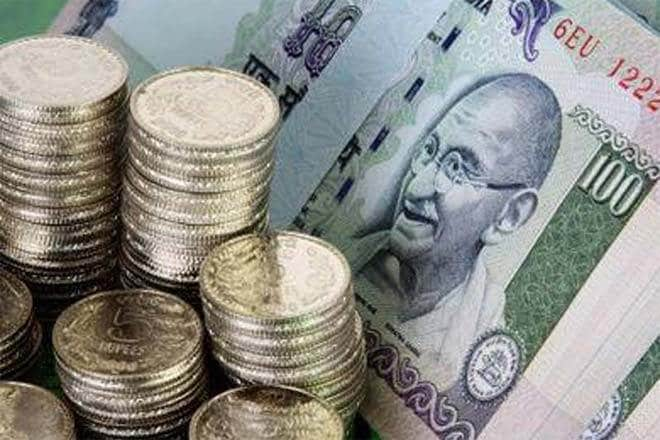With the easing of dollar-crunch in the overseas market, part of which was created by speculators, the spread between the NDF and onshore rupee forwards have come down significantly since the beginning of this month.
In the first week of March, the spread between the one-month rupee onshore forwards and the one-month rupee NDF had gone to as high as about 90 paise, which now has come down to about 35 paise, according to Bloomberg data.
NDF markets enable trading of the non-convertible currency, like a rupee, outside the influence of the domestic authorities. For instance, trading in rupee NDF takes place in Singapore, Hong Kong, Dubai, London and New York markets. These contracts are settled in a convertible currency, usually dollars.
Experts said that during the recent risk-off mode, overseas funds saw redemption pressure leading to a massive flight away from risky assets, like emerging market bonds and equities. As a result, foreign investors began getting out of Indian equities and bonds as well and that led to a significant demand for dollars. A lot of speculators are also believed to have taken positions in the NDF market that eventually led to the widening of the spread between the onshore rupee forwards and the NDF.
MV Srinivasan, vice-president at Mecklai Financial Services, confirmed to FE that there is a lot of squaring-off of long USD/INR positions in the NDF market in recent days with fresh dollar liquidity around the world and that has helped bring down the spread between NDF and onshore rupee forwards.
“One of the reasons for the massive rise in the spreads a couple of weeks earlier was due to significant dollar crunch combined with speculative buying. However, recently, the Fed has announced quantitative easing, other central banks are providing liquidity while the RBI is also conducting the USD swaps. That is easing pressure on dollar liquidity and the eventual pressure on the rupee is coming down. Currently, the spread lies around 25-30 paise whereas a few weeks back it was as high as around 100 paise. In normal times, we can see that the spread lies around 5-10 paise,” he said.
It is noteworthy that foreign portfolio investors (FPIs) have pulled out a whopping $8 billion from the Indian capital markets this month. With this kind of selling, the dollar crunch had begun to show its effect on the rupee that has been hovering below the 74-mark in recent times.
To counter the dollar crunch, the RBI introduced a USD sell/buy swap in recent times where it infused 2 billion dollars into the system on Monday. The central bank has announced a repeat of this six-month swap worth the same quantum to be conducted in coming weeks.
Ananth Narayan, professor-finance at SPJIMR, said the QE and other steps announced by the Fed will hopefully further reduce risk-off sentiment and help ease the pressure on the rupee.
“A chunk of the $50 billion that the RBI purchased this fiscal year till January was on the back of reversible flows, including from offshore entities. Few weeks back, with the global risk-off, there was a lot of dollar demand in offshore markets, as these reversible positions unwound. As a result, the offshore USD/INR forward premia shot up. With the consistent selling of dollars by the RBI, some of that panic USD demand has been satiated and this has helped bring down the offshore forward premium,” he said.
On Tuesday, the domestic currency gained during early trade with equities witnessing some amount of buying. However, with the equity market paring its early gains, the currency also weakened during the later part of the day and closed below the 74-mark. The rupee closed 3 paise up at 74.245 against the dollar on Tuesday.
An Edelweiss report stated that dollar funding could become difficult and emerging market currencies could remain under pressure as FPIs demand higher EM risk premium. “We believe there is further rupee weakness before it eventually stabilises as global calm returns once Covid-19 impact peaks and global coordinated policy measures start to kick into growth. For the rest of the year, we think USD/INR could range 72.75-75.50,’ it said.

